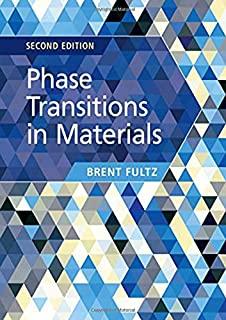
description
2Course on renormalization Functional integral, Dimensional regularization, Feynman diagrams, Renormalization, Renormalization group, Gauge symmetry, Canonical formalism, Quantum electrodynamics, Non-Abelian gauge field theories Most modern high-energy physics, including the standard model of particle physics, is formulated by means of perturbative quantum field theory. When the perturbative expansion is performed in a naive way, it generates "divergences", that is to say quantities that appear to be "infinite", instead of being small. Typically, they are due to diverging improper integrals. The presence of divergences suggests that it should be possible to define the perturbative expansion in a smarter way. With the help of a cutoff, divergences become temporarily finite. Then they can be classified and moved around. Clearly, if a divergence disappears by changing the parametrization of the theory, it is not a true divergence, but just a blunder due to an unfortunate choice of variables. If there exists a reparametrization that makes all the divergences disappear, then the theory is actually convergent. The divergences can be relocated by performing all sorts of operations that in normal circumstances leave the physics unchanged, such as changes of field variables, as well as redefinitions of the parameters, in particular the coupling constants. Renormalization is the reparametrization that moves the divergences "to the right places", assuming that such places do exist. In simple theories, fields and couplings just get multiplied by constants, whence the name re-normalization. In more complicated situations the redefinitions can even be nonpolynomial. Once the theory is renormalized, the cutoff can be safely removed, and the physical quantities become meaningful. The reparametrization solves the problem of divergences, and allows us to define the correct perturbative expansion. Under certain, rather general, assumptions it is always possible to absorb the divergences into reparametrizations. However, the price can be considerably high: the introduction of infinitely many new independent parameters. If the divergences can be cancelled by keeping the number of independent parameters finite the theory is called renormalizable. The renormalizable theories acquire a very special status among all theories. Renormalizability provides a way to select the theories. This selection is actually welcome, since it gives us a reason to discard a huge set of theories that otherwise would have to be a priori included. Among other things, no physical theory in more than four spacetime dimensions survives the selection, which makes renormalization a good candidate to explain why we live in four dimensions. The set of renormalizable theories contains the standard model in flat space. Therefore, it allows us to explain three interactions of nature out of four. Ironically, the "divergences'' are the best known quantities of quantum field theory, to the extent that certain physical amplitudes can be calculated exactly to all orders.The book contains the basic notions of renormalization. The main goals are to construct perturbative quantum field theory, study the consequences of renormalization, and show that the perturbative formulation of a wide class of quantum field theories, which includes the standard model coupled to quantum gravity, is consistent to all orders. Most issues are treated using modern techniques, privileging the most economical and powerful tools. On the contrary, not much effort is devoted to explain how such a successful theoretical framework has emerged historically. Some aspects of quantum field theory are very involved, and those who study the matter for the first time can greatly benefit from the rational, non historical approach of this book.
member goods
No member items were found under this heading.
Return Policy
All sales are final
Shipping
No special shipping considerations available.
Shipping fees determined at checkout.







